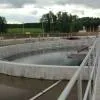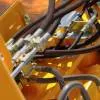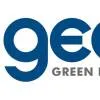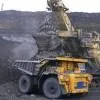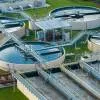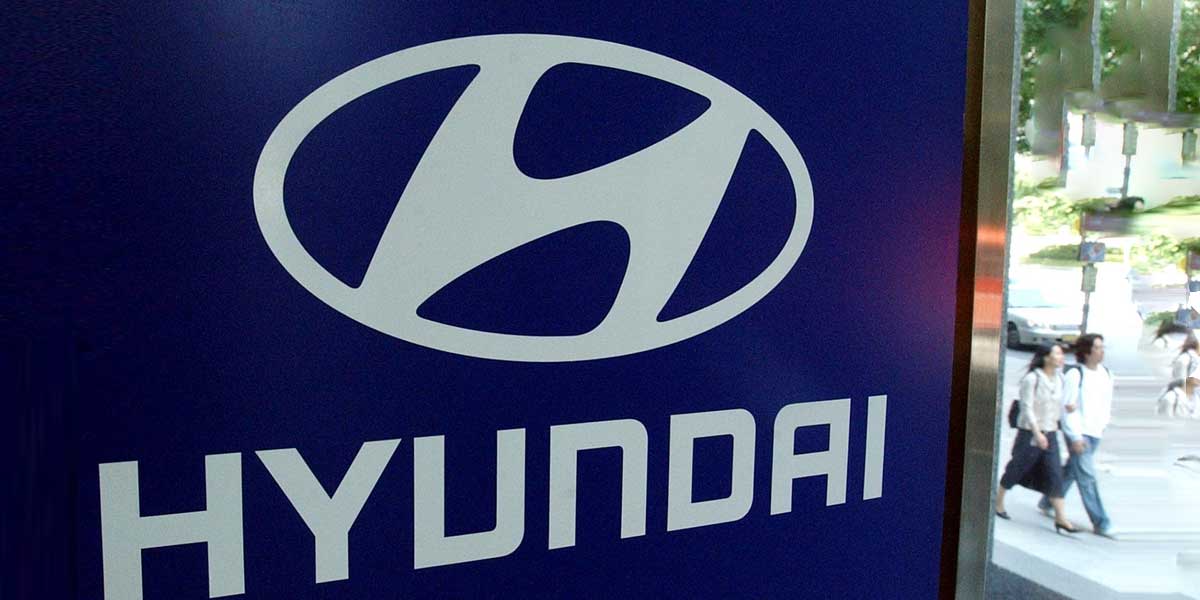
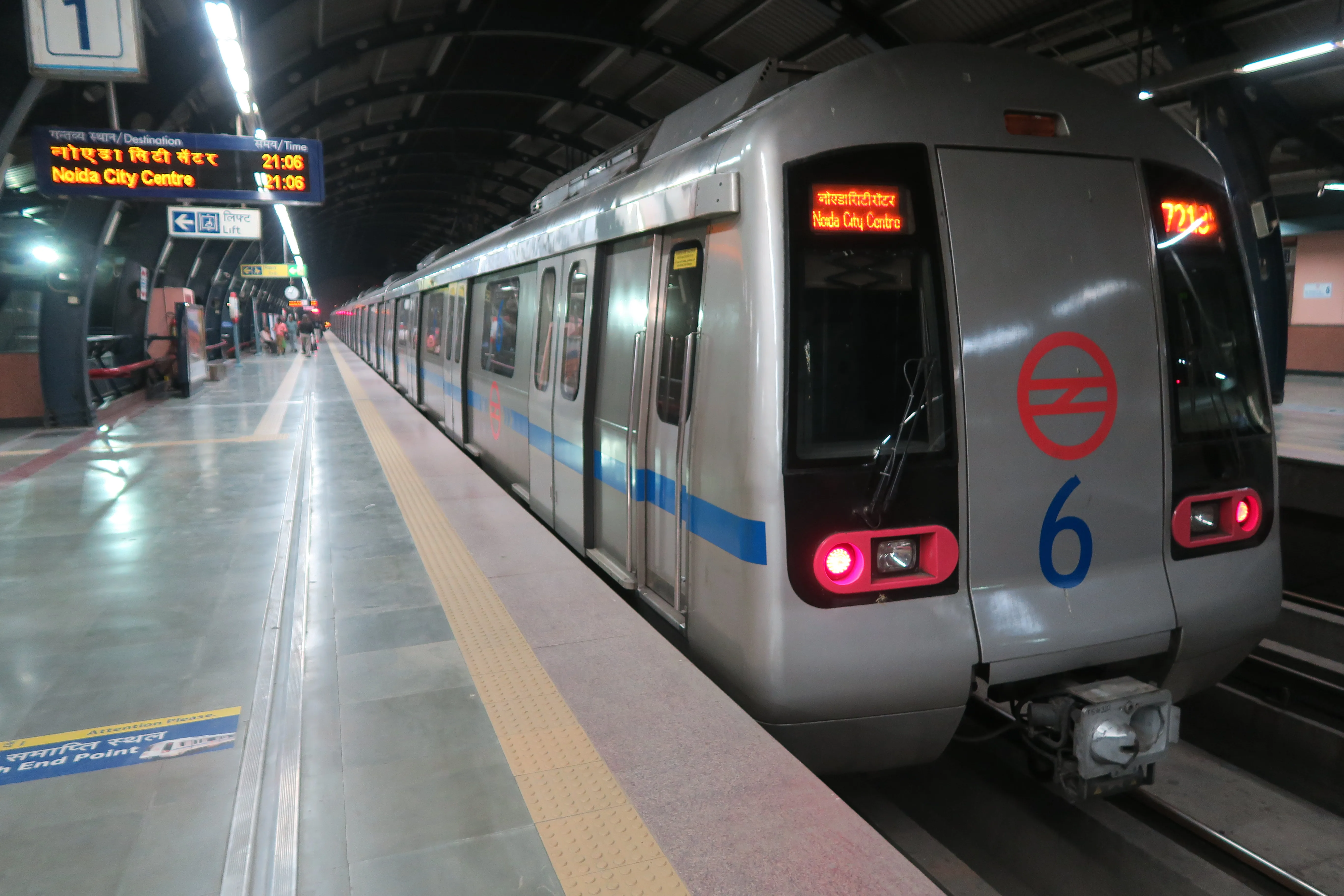
LG Clears Land Allotment for Rithala–Kundli Metro Corridor
A major bottleneck in the implementation of the Rithala–Narela–Kundli Metro corridor under Phase IV has been resolved, with Delhi Lieutenant Governor V.K. Saxena approving the allotment of Delhi Jal Board (DJB) land to the Delhi Metro Rail Corporation (DMRC) for construction of a key viaduct.The approval, which had been pending for several years, pertains to land required for building the viaduct stretch between Rithala and Rohini Sector 25. Officials said the decision will significantly accelerate work on the long-awaited corridor, which is critical for improving connectivity in north-wes..
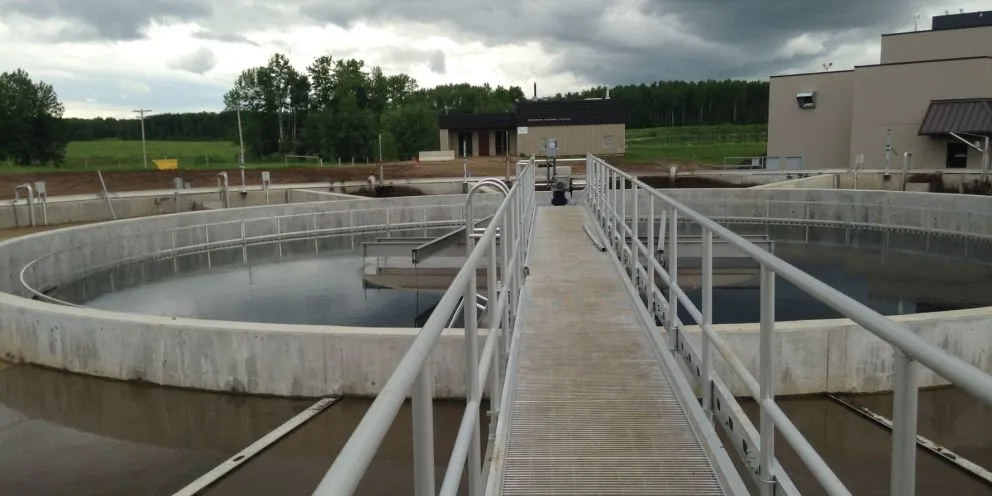
V.L. Infraprojects Wins Rs 420.12 Mn GWSSB Water Supply Project
V.L. Infraprojects Limited (NSE: VLINFRA), a specialist in water supply and sewerage infrastructure, has received a Letter of Intent from the Gujarat Water Supply & Sewerage Board (GWSSB) for the augmentation of the Hadaf Regional Water Supply Scheme in Limkheda and Singvad talukas of Dahod district, Gujarat.The project is valued at Rs 420.12 million and has been awarded at 5.99 percent above the estimated cost. It will be executed through a joint venture between V.L. Infra Projects, which holds an 80 percent stake as the lead partner, and H.M. Electro Mech with a 20 percent share. The con..
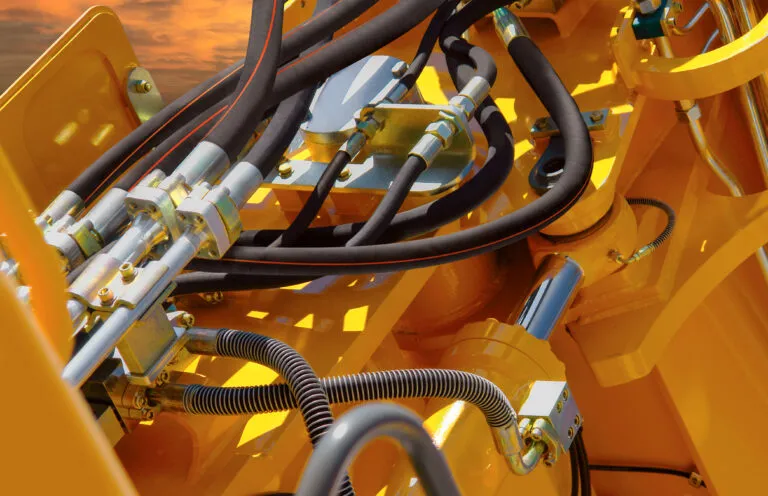
Continental Launches Reduced Dimension Spiral Hoses in APAC
Continental’s group sector ContiTech has announced the launch of its Reduced Dimension Spiral hydraulic hose series in the Asia-Pacific region, strengthening its portfolio of high-performance solutions for construction, agricultural, and mining machinery. The new series is designed to deliver constant high-pressure performance while improving flexibility, reducing weight, and extending service life to enhance overall equipment efficiency.“The construction, agriculture, and mining industries are rapidly evolving toward greater reliability, lower emissions, and smarter systems,” said Xin S..





